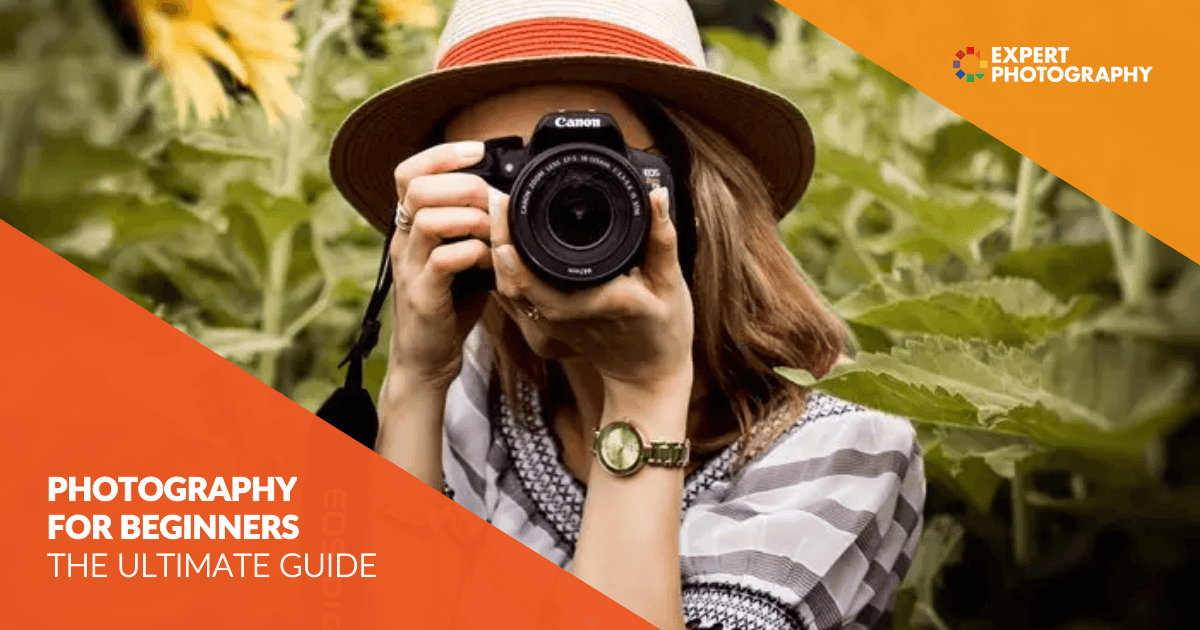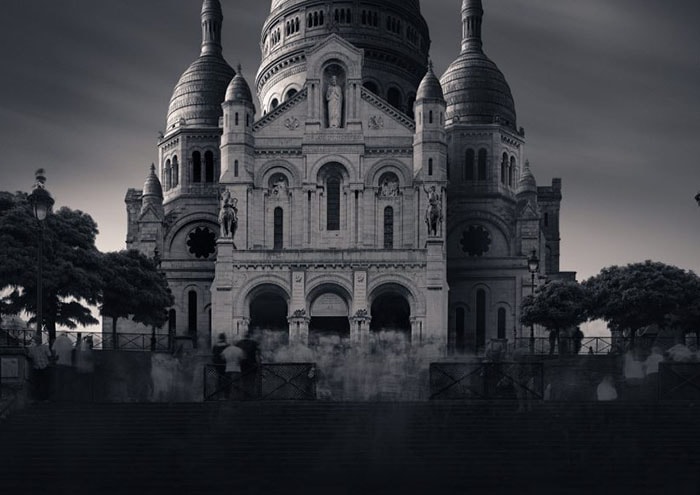A Biased View of Drone Photography
Table of ContentsThe Of Drone PhotographyDrone Photography - QuestionsDrone Photography for Beginners
Daguerre took the earliest validated picture of a person in 1838 while catching a view of a Paris street: unlike the other pedestrian and horse-drawn traffic on the busy boulevard, which appears deserted, one guy having his boots polished stood sufficiently still throughout the several-minutes-long direct exposure to be noticeable. The presence of Daguerre's procedure was publicly revealed, without details, on 7 January 1839.
France quickly consented to pay Daguerre a pension in exchange for the right to provide his innovation to the world as the gift of France, which took place when complete working instructions were unveiled on 19 August 1839. In that very same year, American photographer Robert Cornelius is credited with taking the earliest enduring photographic self-portrait.
Revealed here in favorable kind, this might be the earliest extant photographic negative made in an electronic camera. In Brazil, Hercules Florence had actually apparently begun exercising a silver-salt-based paper procedure in 1832, later naming it Photographie. On the other hand, a British developer, William Fox Talbot, had actually been successful in making crude but fairly light-fast silver images on paper as early as 1834 however had actually kept his work secret.
Initially, like other pre-daguerreotype processes, Talbot's paper-based photography usually needed hours-long exposures in the cam, however in 1840 he developed the calotype process, which utilized the chemical advancement of a hidden image to significantly lower the exposure required and take on the daguerreotype. In both its original and calotype kinds, Talbot's procedure, unlike Daguerre's, created a clear unfavorable which could be used to print several favorable copies; this is the basis of the majority of contemporary chemical photography as much as today day, as daguerreotypes could only be duplicated by rephotographing them with a video camera.
In France, Hippolyte Bayard created his own procedure for producing direct positive paper prints and declared to have actually created photography earlier than Daguerre or Talbot. British chemist John Herschel made numerous contributions to the brand-new field. He developed the cyanotype procedure, later familiar as the "plan". He was the first to use the terms "photography", "unfavorable" and "positive".
He made the first glass unfavorable in late 1839. In the March 1851 concern of The Chemist, Frederick Scott Archer published his damp plate collodion procedure. It became the most widely used photographic medium until the gelatin dry plate, introduced in the 1870s, eventually changed it. There are 3 subsets to the collodion procedure; the Ambrotype (a favorable image on glass), the Ferrotype or Tintype (a favorable image on metal) and the glass unfavorable, which was utilized to make favorable prints on albumen or salted paper.
4 Easy Facts About Drone Photography Explained

Since of the exceptional dimensional stability of glass, making use of plates for some clinical applications, such as astrophotography, continued into the 1990s, and in the specific niche field of laser holography, it has additional reading continued into the 2010s. Undeveloped Arista black-and-white film, ISO 125/22 Hurter and Driffield started pioneering deal with content the light level of sensitivity of photographic emulsions in 1876.

Although cellulose acetate or "safety film" had been introduced by Kodak in 1908, at very first it discovered just a few special applications as an option to the harmful nitrate movie, which had the benefits of being considerably tougher, somewhat more transparent, and more affordable. Drone Photography. The changeover was not completed for X-ray movies until 1933, and although security film was always utilized for 16 mm and 8 mm house movies, nitrate film remained standard for theatrical 35 mm movie until it was finally discontinued in 1951.
Although contemporary photography is controlled by digital users, movie continues to be used by enthusiasts and expert photographers. The distinct "look" of film based pictures compared to digital images is likely due to a combination of factors, including: (1) distinctions in spectral and tonal level of sensitivity (S-shaped density-to-exposure (H&D curve) with film vs.
Originally, all photography was monochrome, or. Even after color film was easily offered, black-and-white photography continued to control for decades, More Help due to its lower cost, chemical stability, and its "traditional" photographic look. The tones and contrast between light and dark locations specify black-and-white photography. It is very important to note that monochromatic pictures are not necessarily made up of pure blacks, whites, and intermediate shades of gray but can include tones of one particular shade depending upon the procedure.
All About Drone Photography
The albumen print process initially used more than 170 years earlier, produces brownish tones. Lots of professional photographers continue to produce some monochrome images, often since of the recognized archival permanence of well-processed silver-halide-based materials. Some full-color digital images are processed using a range of methods to develop black-and-white results, and some producers produce digital video cameras that specifically shoot monochrome.
Although color photography has long predominated, monochrome images are still produced, primarily for artistic factors. Nearly all digital cams have a choice to shoot in monochrome, and practically all image modifying software can integrate or selectively dispose of RGB color channels to produce a monochrome image from one shot in color.
